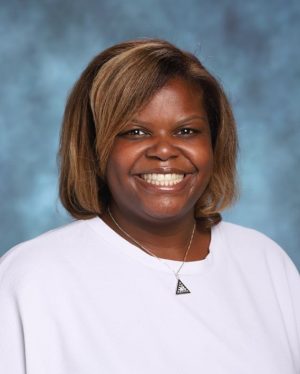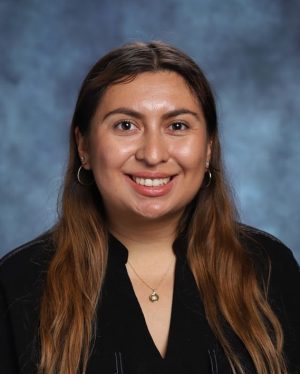Discrimination in Our Midst: Part Two – Racism
A Perspective On Racism
Racism in a community can be a significant challenge to address. Sometimes, finding a solution that ensures everyone feels respected and equal starts with a conversation.
Racism has long been a conflict in American society that still divides the country today. Racism is when a racial or ethnic group is subjected to discrimination and antagonism. In America, our democracy is defined as allowing freedom and equality. Yet, the deeply rooted racial issues and inequality contradict this philosophy. These issues prompt the question; how does racism affect others, and how do people fight for justice to end racism? This article includes several interviews with students and teachers in our GC community and focuses on racism.

Racism from the Perspective of GC students and teachers
When asked to define what racism means to her, Sydney Holmes ’24 said, “racism is the discrimination of another race due to thinking that one’s race is superior.” When asked how she combats it, she responded, “I speak up, and I tell them what they did was wrong.” Speaking up lets others know how you feel and won’t tolerate their disrespect.
When 10th grader, Nicki Orisme ’24, was asked to describe a time when she was racially profiled, she shared an experience of going out of her mother’s office building to get her phone out of her mother’s car. When she tried to get back into the building, the receptionist in the front wouldn’t let her back in but later allowed a white man to get in the building. When Nicki witnessed this, she asked the receptionist why she let the man in but not her? The receptionist responded by saying that it was a safety precaution. This story illustrates how people can view minorities as threats, not human beings.

When asked for her views on racism, Mrs. Jonson, one of GC’s Computer Studies teachers, responded with, “I make it a priority to treat all people with respect at all times. When racist situations arise, I choose to speak up against racism and encourage others to speak up.” She continued by saying, “I fully encourage the recruiting, hiring, and promoting of qualified POC (People of Color) in my professional life. Therefore, establishing an equitable distribution of professional power.” She concluded by saying.” And I work with allies to change policies.” This type of resolve and action helps to ensure that minorities feel comfortable and encourages people to speak up against racial injustice and, in turn, can make change occur.

Ms. Canales, a GC World Language teacher, said that “Racism is the lack of understanding of an individual’s worth, culture, background, experiences, and overall dignity. What your parents teach you at home is what you develop and bring out to the real world.” Her view expresses that racism develops in the environment that we grow up in and demonstrates how these terrible habits get brought out into the world.
Ethan Cueto ’25 stated “If I hear someone say something racist or derogatory, I will tell them that they’re being racist, and I will try to educate them to understand why what they said was racist.” Educating others is essential because it holds the person accountable for their actions and shows them how their mindset is wrong.
Hearing multiple perspectives from our GC community on racism highlights how it affects the people in our community. It demonstrates how many of us combat racism and the tools to protect ourselves from the hatred that infuses our world. Being a strong, supportive, and accepting community ensures that everyone feels comfortable and respected.
Thank you to Mrs. Jonson for her guidance.
Sources
Daniels, N. (2021, March 2). What Students Are Saying About Race and Racism in America. The New York Times. Retrieved February 25, 2022, from https://www.nytimes.com/2021/02/18/learning/what-students-are-saying-about-race-and-racism-in-america.html


